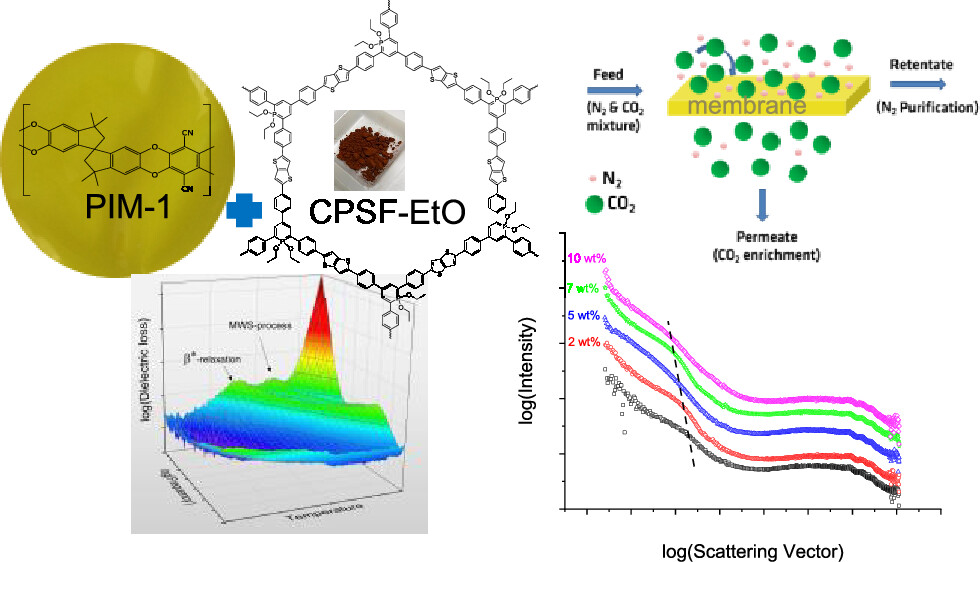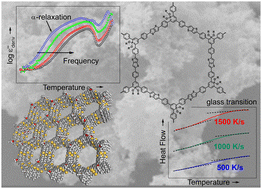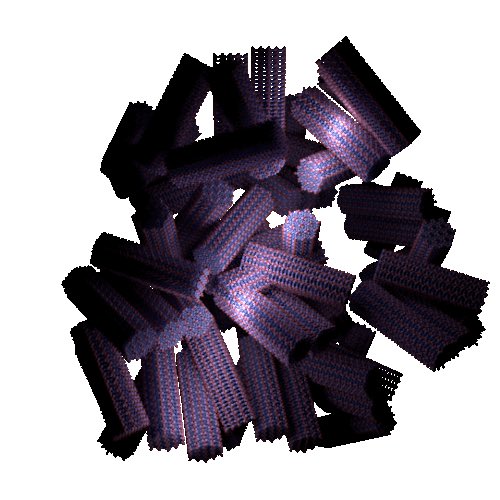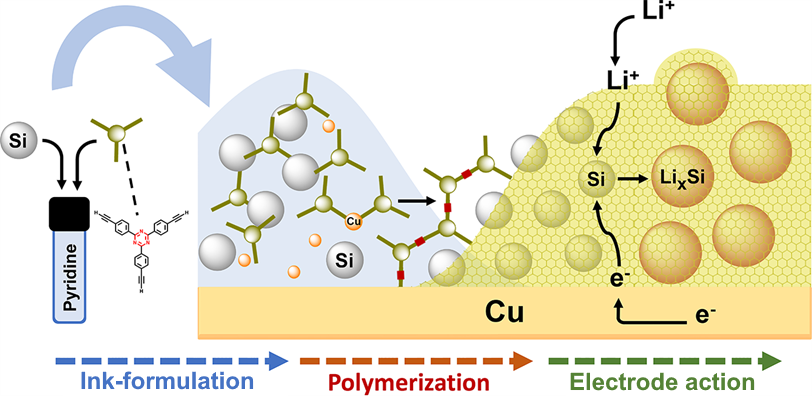Bojdys,* M. J. Zenodo 2025. DOI: 10.5281/zenodo.14739257

Key Findings
- Self-driving labs speed R&D, reduce costs, ensure reproducibility, and address workforce gaps through AI-driven automation.
- FAIR data and modern IP frameworks empower academia-industry collaborations, accelerating lab-to-market journeys.
- Massive AI and HPC investments can revolutionize R&D if guided by ethical governance, open access, and sustainable principles.
Self-driving laboratories (SDLabs) represent a transformative approach to research and development (R&D), combining artificial intelligence (AI), robotics, and digital tools to revolutionize workflows in deep-tech industries (e.g. materials, chemistry, biotechnology), and beyond. By automating experiments and decision-making processes, SDLabs enable faster and more efficient scientific discovery, reduce costs, and enhance reproducibility. This white paper explores SDLabs’ potential, from accelerating innovation to addressing sustainability challenges, while highlighting critical ethical, cultural, and technological considerations. Furthermore, it examines the role of AI in technology transfer, showcasing success stories and actionable strategies for leveraging these advancements across sectors.



 Innovative research has brought us closer to sustainable battery technology with a breakthrough in sulfur-based cathodes. Traditionally, lithium-ion batteries—central to electronics and electric vehicles—rely on scarce materials like cobalt. Sulfur offers a greener alternative due to its abundance and impressive theoretical capacity of 1675 mAh g-1.
Innovative research has brought us closer to sustainable battery technology with a breakthrough in sulfur-based cathodes. Traditionally, lithium-ion batteries—central to electronics and electric vehicles—rely on scarce materials like cobalt. Sulfur offers a greener alternative due to its abundance and impressive theoretical capacity of 1675 mAh g-1.



